Do You Know the Rules of Hiring the Perfect Contractor?
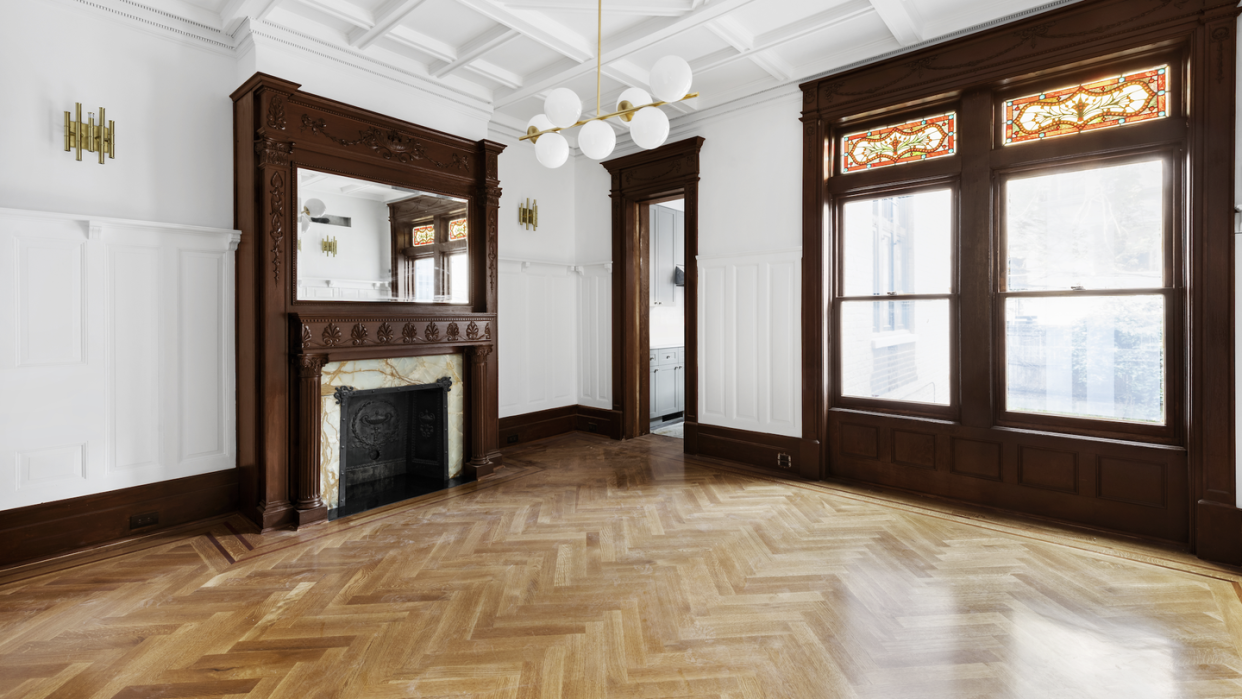
"Hearst Magazines and Yahoo may earn commission or revenue on some items through these links."
Renovating one’s home can have all the excitement and razzle-dazzle of a root canal. The mere thought of it can lead to hyperventilating, weeping, and rashes. It’s not just the price or the time it will take, but also choosing the right contractor to do the job. We’ve all heard the nightmares retold of epically bad home renovations, like this one from Contractors from Hell.
Enter Anna Karp, the cofounder and CEO of Bolster, the contractor’s contractor. She’s seen and done it all and knows just how emotionally fraught a home reno can be, whether it’s a studio apartment in Hell’s Kitchen or a crumbling chateau in France’s Midi. “Renovations, like medical interventions, are not for the faint of heart,” she cautions. Here, in Karp’s own words, is an expert’s guide to helping you choose the right contractor to create your dream house—with a minimum of tears.

Define the Scope of Your Renovation
Are you dreaming about your new kitchen and bathrooms but haven’t stopped to consider the best layout for your renovated home? When embarking on a renovation, it can be very easy to get sidetracked by all the “projects” we want to accomplish without understanding the implications of each or how they relate to one another.
Here are a few tips to help you understand your scope of work:
Make a list of everything you want to achieve. Think of it as your letter to Santa. Don’t be shy!
If you have a partner, agree on your non-negotiables for the renovation, and be sure you stick to them to avoid intermarital warfare further down the line.
Once you’ve figured out your non-negotiables, create a priority list with must-haves and nice-to-haves.
Illustrate these with doodles, moodboards, and sketches in your plans (if you have them).
The goal is to create a comprehensive list of items and a fleshed-out “starting package” that you can use with the contractor you hire.
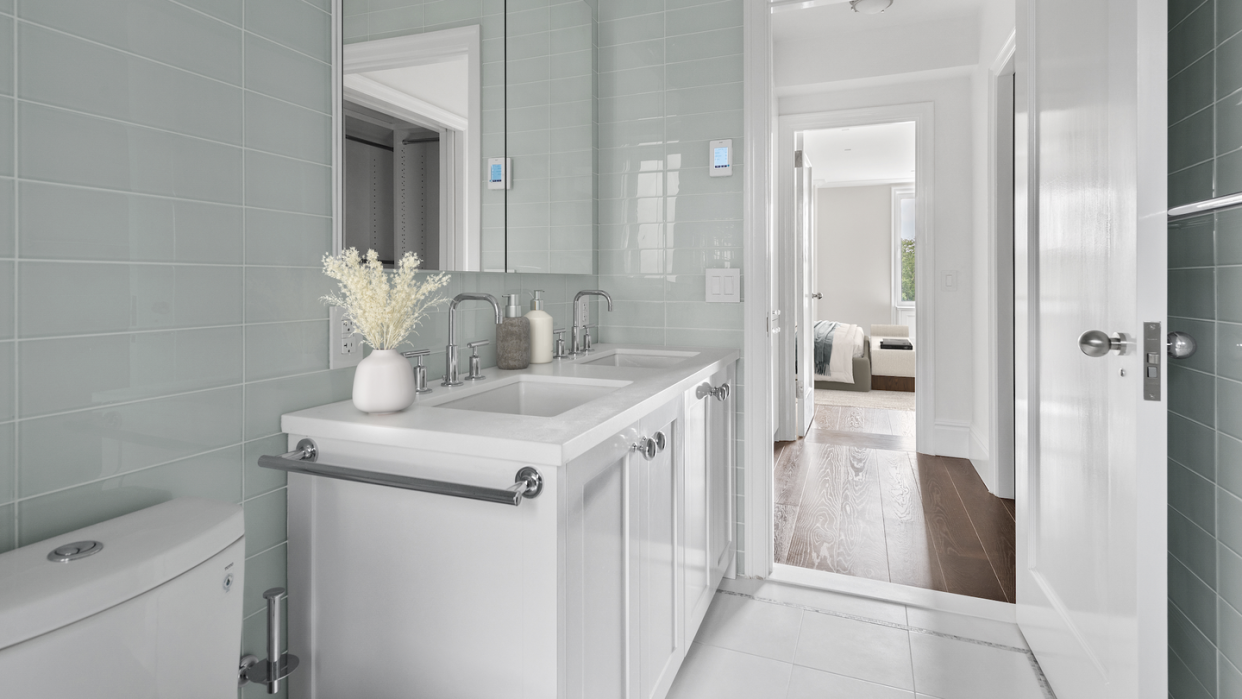
Reach Out to Contracting Firms
Once you know what you want to build, you can start researching the firms you would like to hire for your renovation. At this point, you will benefit by reaching out to design professionals as well as builders. This is because projects often grow in scope, and you want to be sure you have a comprehensive design vision guiding you along the way.
And remember, Big Apple dwellers: Any project in New York that requires moving walls, mechanical, electrical, or plumbing work will most likely require a design-build firm or an architect.
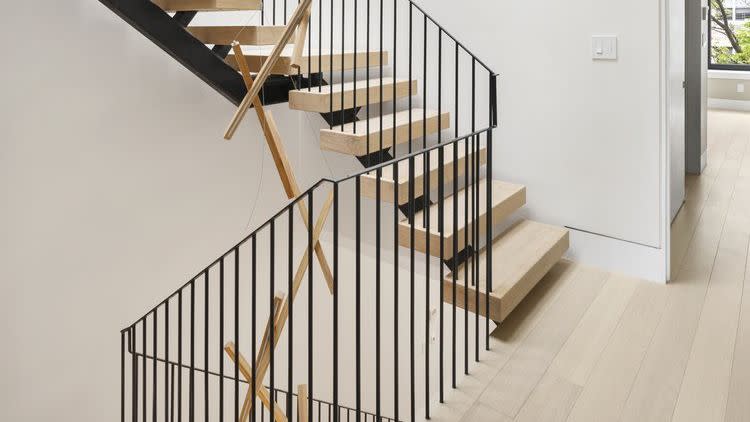
Do Your Research
Extensive research—both online and offline—is key when looking for a design and build firm or a contractor. Word of mouth is a great way to start, but the work does not stop there. Your friend, family member, or coworker may have loved the contractor that renovated their bathroom; however, this doesn’t mean that this specific person is the best option to renovate your kitchen.
Finding references from someone who used a contractor or design-build firm for a project with a similar scope to yours is key. Look for these specifics with any referrals you get, and really drill down on what successes, pain points, and failures occurred with their projects. Always ask them if the site was clean and organized. This goes a long way and is half the battle.
If you don’t have the option for word-of-mouth referrals for projects similar to yours, sites like Houzz and Google reviews are a good place to start and can give you good insight into other people’s experiences—the good and the bad. Just keep in mind that someone else’s experience can be highly subjective: People have different tastes and preferences, and you may have a difference of opinion as to what constitutes sufficient quality work.

Ask for Bids
Once you’ve narrowed down your search—ideally to at least three or four design-build firms or contractors—it’s time to ask for bids and samples of past work. Make sure you get specific here: The devil is in the details. You want to know exactly how much they charge for absolutely everything. You also want to understand how much the project budgets grow on average after construction. This will help you understand if the contractor is change-order friendly. Change orders tend to extend the duration of a project, add complexity, and increase cost.
When doing your interviews, drill down into what matters most to you. For example: Have you installed this kind of hardwood flooring and what was your experience installing it? Look for granularity, particularly when it comes to materials and similarity in past projects.

When you get the bids, do not be alarmed if they range in price drastically. This could simply mean that the way contractors break down their costs is different. You’ll want to dig into the “general conditions” (e.g., site management, project management, and labor) and overhead (business costs such as office and travel expenses) to fully understand where their margins are. Some contractors build out their bids with direct costs rather than listing specific line items, which can lead to major price discrepancies in the bottom line.
It’s also important to look closely at the labor required on the job: Who is on the job site day to day? Who is on your team? This gives you a good sense of who you’ll be dealing with. Last but not least, try to truly understand the insurance requirements for your project. When it comes to general liability insurance, workers’ compensation insurance, and the limits, these are for both your general contractor and their subcontractors.
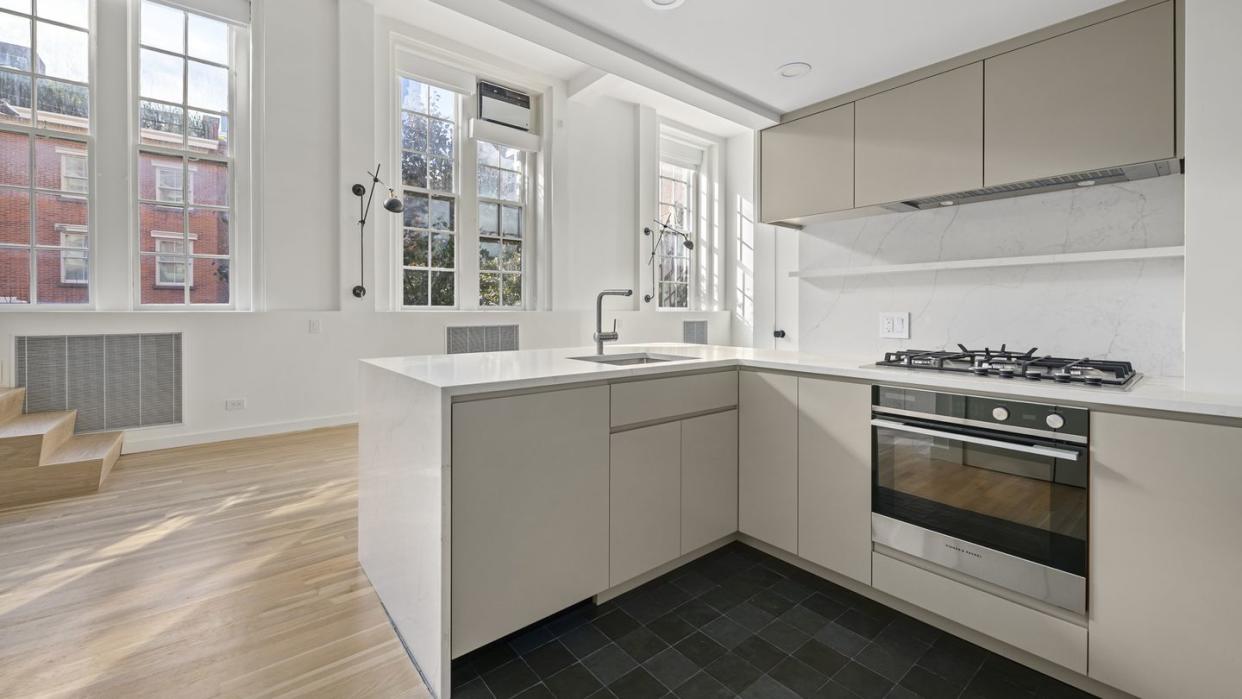
Get References
Once you’ve narrowed down the bids to your shortlist, it’s time to start getting references and setting up walk-throughs of current or past projects. Ask the contractors to give you one to two people to talk to who had similar projects, and ask them each the same questions:
What’s the worst thing that happened during the renovation?
How would you describe the contractor’s or design-build firm’s project management skills?
Was the project delivered on time and on budget? If not, why?
Would you use this contractor again?
Can you eat off the floor? (We find this question lightens the mood of the conversation and gets people to open up!)
Then you’ll want to meet your contractors in person and do a walk-through of a work in progress that is similar to your project. When you visit the site, look out for a few specific things:
Clearly posted licenses on the door
Clean and organized site
Behavior and energy of people on-site: Do they avoid you and the boss? Good vibes on the site indicate a good working environment. If you get a bad feeling, don’t overlook that—it can lead to project delays.
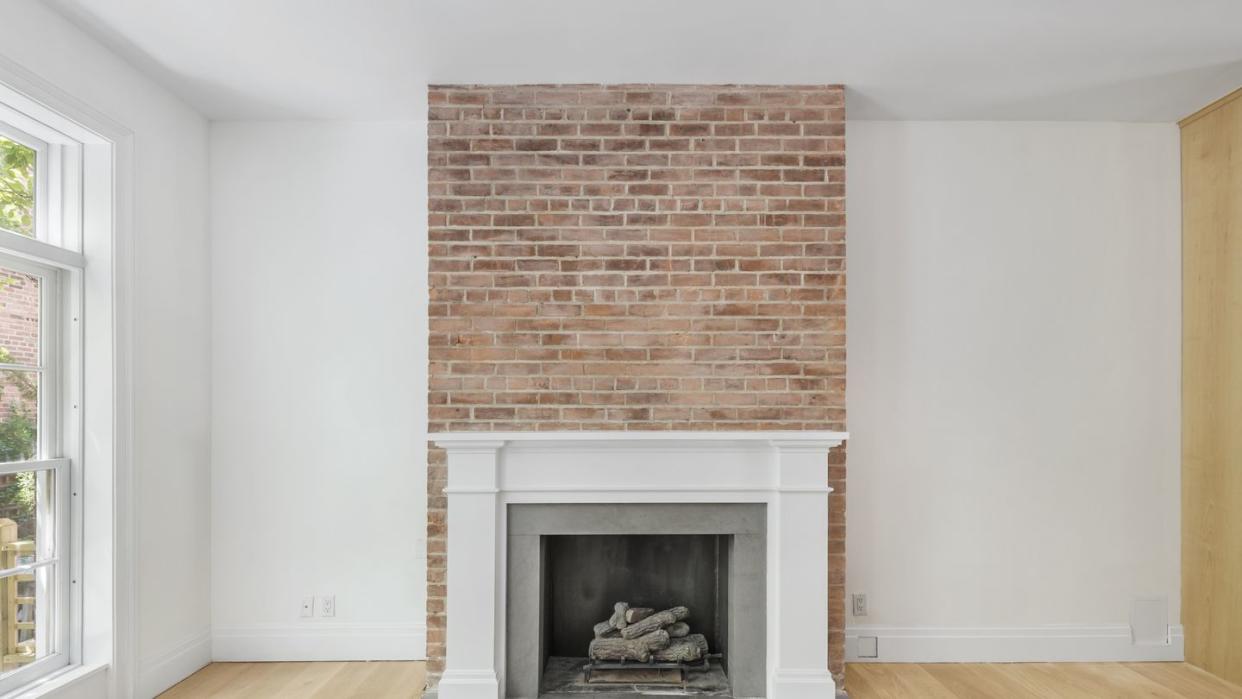
Verify Insurance Coverage and Licenses
Arguably the most important step is to make sure that the contractor has the proper insurance coverage for the specific type of work they will be doing on your renovation project. Be very detailed here: Make sure to request the certificates of insurance (COIs) to validate that the insurances they claim to have are valid, up to date, and sufficient, and that the actual insurance is in their LLC’s name.
Two specifics to check for are that many contractors will have lower coverage levels than you may need and/or are covering areas that don’t apply. If they go on-site as a general contractor and damage to the home occurs, the insurer won’t cover it, and the bill ends up falling on the homeowner.
Workers’ compensation insurance is also essential. If people working on the project are not legally protected and any injuries occur, you will likely be fined and sued.
Finally, once all the diligence is done and dusted, when making your choice, don’t necessarily go with the design-build firm or contractor whose personality you like the most. Go with the person who is going to perform the best. Renovations can be emotional, and you want to think with your head—not your heart.
You Might Also Like
